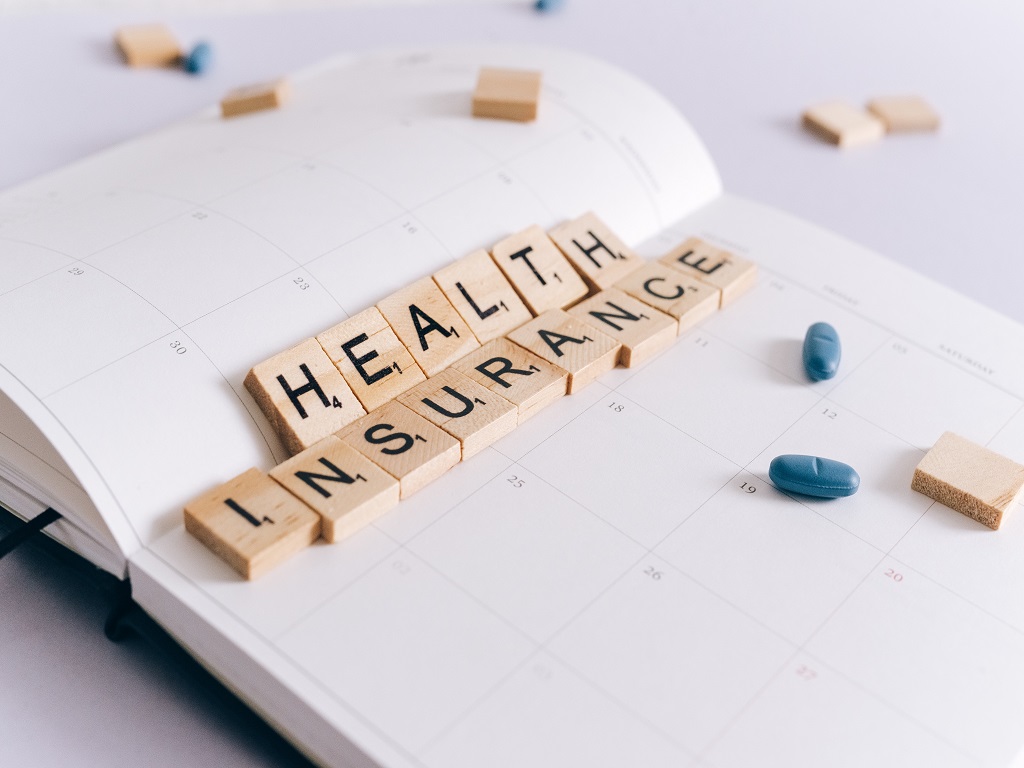Hemoglobin is a protein in your red blood cells that carries oxygen throughout your body. Low hemoglobin levels can lead to anemia, fatigue, and other health problems, making it important to maintain adequate levels through a balanced diet. Certain foods are rich in nutrients that boost hemoglobin production, such as iron, vitamin B12, folic acid, and vitamin C, which play a vital role in supporting red blood cell health. Here are seven foods that can help increase your hemoglobin levels naturally.
1. Red Meat (Beef, Lamb, Liver)
Red meat, particularly beef and lamb, is one of the richest sources of heme iron, which is the form of iron most easily absorbed by the body. Liver, especially from beef, is packed with iron, B vitamins, and other essential nutrients that help in the formation of red blood cells and hemoglobin. Heme iron from animal sources is more bioavailable than non-heme iron from plant sources, making it highly effective in boosting hemoglobin levels.
How to Include Red Meat in Your Diet
Incorporate lean cuts of beef or lamb into your weekly meals. Add liver to your diet by preparing liver pâté or pan-frying liver for a nutrient-dense meal. Pair red meat with vitamin C-rich foods like bell peppers or broccoli to enhance iron absorption.
2. Leafy Green Vegetables (Spinach, Kale, Swiss Chard)
Leafy green vegetables such as spinach, kale, and Swiss chard are excellent sources of non-heme iron and folate, both of which are essential for hemoglobin production. Although non-heme iron is not absorbed as efficiently as heme iron, eating these vegetables along with vitamin C-rich foods can significantly improve absorption.
How to Include Leafy Greens in Your Diet
Add spinach or kale to smoothies for a nutritious boost. Use leafy greens in salads, soups, or as a side dish with meals. Cook Swiss chard with garlic and olive oil for a delicious and iron-packed side dish.
3. Legumes (Lentils, Chickpeas, Beans)
Legumes such as lentils, chickpeas, and beans are plant-based sources of iron, folate, and protein, all of which contribute to healthy hemoglobin levels. They are particularly beneficial for vegetarians or individuals who avoid red meat. The iron found in legumes is non-heme iron, so combining them with vitamin C-rich foods can enhance absorption.
How to Include Legumes in Your Diet
Add lentils to soups, stews, or salads for a hearty meal. Use chickpeas to make hummus or toss them in salads and wraps. Enjoy black beans or kidney beans in chili, burritos, or rice bowls.
4. Fortified Cereals and Whole Grains
Many cereals and whole grains are fortified with iron and other nutrients like folic acid and B vitamins that support red blood cell production. Fortified breakfast cereals are an easy way to boost your hemoglobin levels, particularly for those who may struggle to get enough iron from food sources alone. Whole grains like quinoa, amaranth, and brown rice are also good sources of non-heme iron and fiber.
How to Include Fortified Cereals and Grains in Your Diet
Start your day with a bowl of iron-fortified cereal and pair it with fruits high in vitamin C, such as strawberries or oranges. Replace refined grains with iron-rich whole grains like quinoa, bulgur, or barley in salads, soups, or side dishes. Use whole grain flour when baking bread or muffins to add more iron to your diet.
5. Eggs
Eggs are a great source of iron and other essential nutrients such as vitamin B12 and protein, which are important for producing hemoglobin. The iron found in eggs is not as abundant as in red meat, but they are still a valuable food for maintaining healthy hemoglobin levels. The yolk contains most of the iron, so it’s important to consume the whole egg rather than just the whites.
How to Include Eggs in Your Diet
Enjoy eggs scrambled, poached, or boiled as part of your breakfast. Add hard-boiled eggs to salads or grain bowls for extra iron. Make egg-based dishes like omelets or frittatas, incorporating iron-rich vegetables like spinach or kale.
6. Seafood (Oysters, Clams, Shrimp)
Seafood, especially shellfish like oysters, clams, and shrimp, is rich in heme iron and vitamin B12, both of which are essential for boosting hemoglobin levels. Shellfish, in particular, are some of the best dietary sources of iron, and consuming them can significantly improve iron stores in the body. For people who may not consume red meat, seafood is a great alternative to increase iron intake.
How to Include Seafood in Your Diet
Enjoy oysters or clams as an appetizer or in seafood stews. Add shrimp to stir-fries, salads, or pasta dishes. Include fish like salmon or tuna in your meals to benefit from their high vitamin B12 content.
7. Dried Fruits (Raisins, Apricots, Prunes)
Dried fruits like raisins, apricots, and prunes are concentrated sources of non-heme iron and other vitamins that support hemoglobin production, including vitamin C and antioxidants. These nutrient-packed snacks are convenient and can be added to various dishes or eaten on their own to increase your iron intake. They are also high in fiber, which supports overall health.
How to Include Dried Fruits in Your Diet
Add raisins or dried apricots to oatmeal, yogurt, or salads. Snack on dried prunes or mix them with nuts for a nutritious trail mix. Use dried fruits in baking, such as adding raisins to muffins or prunes to cakes.
Maintaining healthy hemoglobin levels is crucial for overall well-being, and incorporating these seven foods into your diet can help improve your red blood cell production. Remember, combining iron-rich foods with those high in vitamin C can enhance iron absorption, optimizing hemoglobin production. Along with a balanced diet, it’s important to consult with your healthcare provider if you suspect low hemoglobin levels to ensure you’re taking the right steps for your health.
Disclaimer
This article is for informational purposes only and should not be considered medical advice. Consult a healthcare professional for personalized recommendations regarding your hemoglobin levels and overall health.




